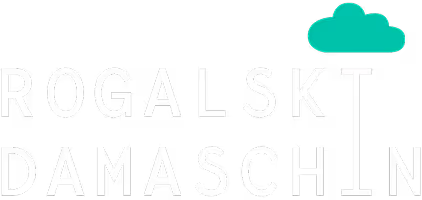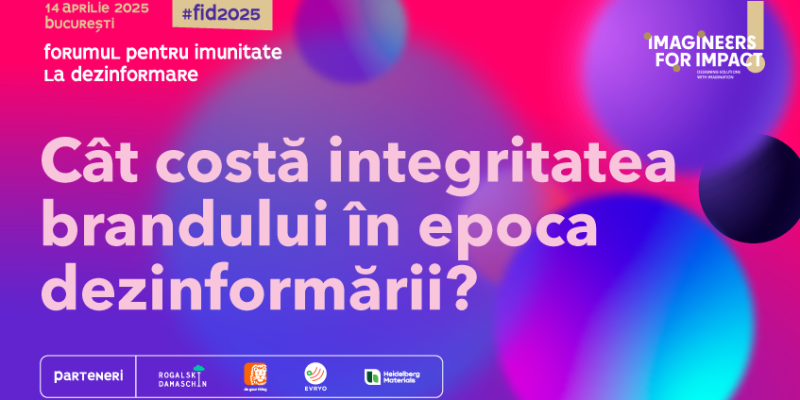
What are cognitive biases and what organizations can do to combat misinformation and fake news
- Cognitive biases influence how people consume and spread news, leading them to believe or reject information based on pre-existing beliefs.
- Examples such as confirmation bias and the illusory truth effect show how people can distribute or accept fake news even without verifying its correctness.
- Organizations can combat the phenomenon of fake news through transparent and educational campaigns that deliver accurate information and increase public trust.
Every day we are invaded by information. From all directions, on all communication channels, and we already know that much of them are fake. The spread of fake news has only complicated the problem, making it increasingly difficult for people and communities to differentiate between real facts and inventions.
But why are people inclined to believe this fake news?
Well, one of the main reasons is cognitive bias, which inclines us to believe or reject information based on our pre-existing beliefs. Let's see what these cognitive biases mean and what impact they have on how we consume news.
Cognitive biases: what are they and what effects do they have?
Cognitive bias is a term used to describe the different ways in which our brain can be influenced by factors unrelated to the truth or accuracy of the information presented to us.
These factors may include our own beliefs, emotions, and past experiences. Cognitive bias can be useful in certain situations, such as when we need to make quick decisions. However, it can lead us to believe things that are not true or reject information that is correct.
So the next time you're the victim of fake news, don't judge yourself too harshly. It's not your fault, it's the way your brain is built.
Fake news and cognitive biases in information consumption. How can I lead to misinformation?
Cognitive bias can play a significant role in both the consumption and spread of fake news. For example, confirmation bias is a cognitive bias that leads us to seek information that confirms our pre-existing beliefs, while ignoring information that contradicts them.
This can cause individuals to seek out and share fake news that confirms their own beliefs, while ignoring accurate information that contradicts them.
Another example is the illusory truth effect, which is a cognitive bias that makes us believe that information is true just because we have heard it before. This can lead people to believe and share fake news that they have heard before, even if it is not accurate.
How to Identify Cognitive Biases in Fake News
Among the signs that suggest we may be facing a cognitive bias are:
- selective consumption of news that confirms our existing beliefs
- assigning other people's achievements to chance (luck, knowledge etc) while assuming the merits for our own successes
- persistent blaming of external factors and others when things do not go according to plan
- the assumption that our opinions are always correct and the assumption that everyone else shares our views and our beliefs.
Combating Disinformation and Fake News by Organizations
In today's world, fake information is widespread, making it more important than ever for organizations to actively combat everything related to fake news. Consumers are becoming increasingly distrustful of online content. Therefore, it is essential that organizations establish themselves as reliable sources of information through transparent campaigns aimed at informing and educating the public and through which they deliver accurate and truthful information.
Such a campaign is Your work, your money, a campaign that we developed for our client, APAPR, through which we wanted to increase the trust of participants in pension mechanisms. Another purpose for which we created it was to protect the public from the avalanche of fake news on the subject.
You can read more about this campaign here.
In conclusion, cognitive bias plays a significant role in the consumption and spread of fake news. By understanding the impact of cognitive biases and taking steps to mitigate their effects, we can all play a role in promoting more informed and accurate public discourse.






